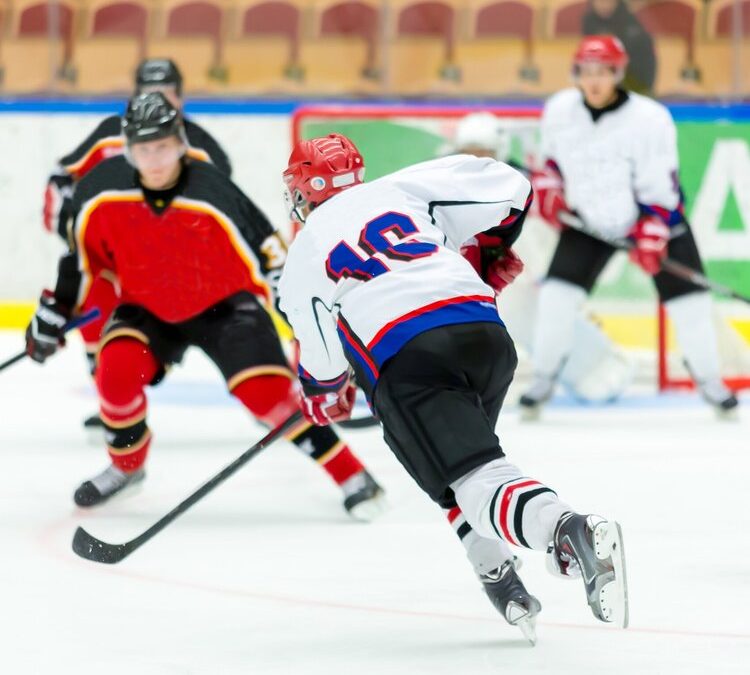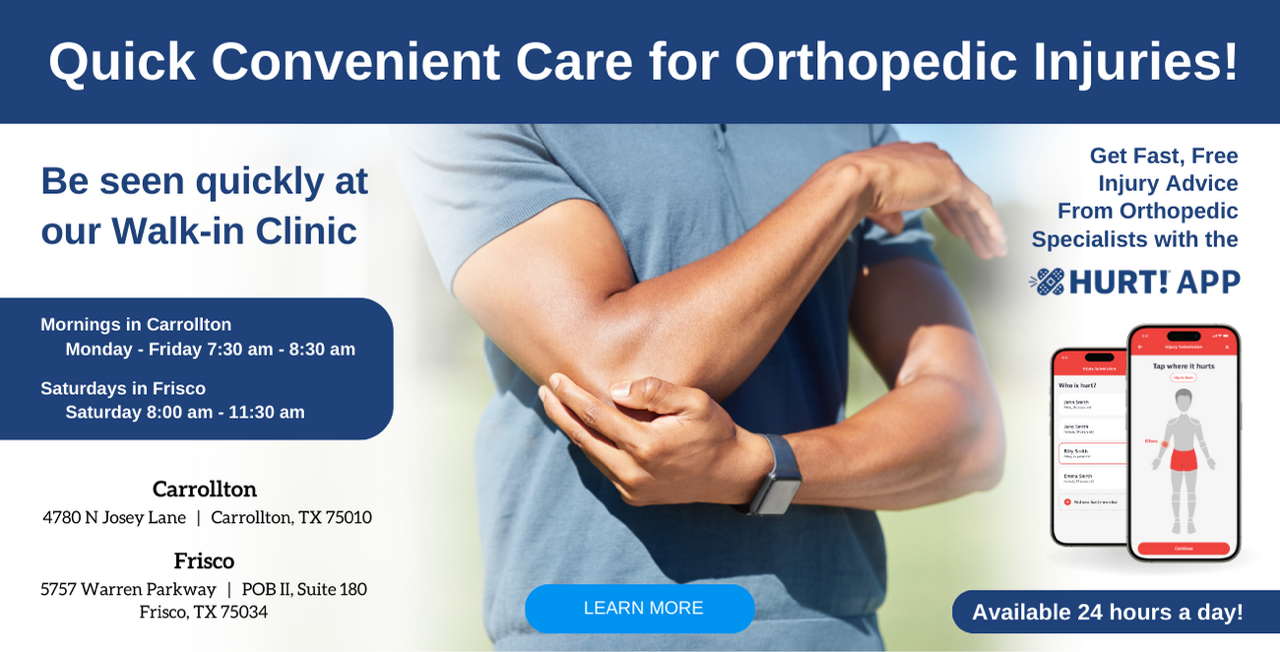The spinal column begins at the base of the head and extends to the lower back. It is made up of many small sized bones called vertebrae (stacked one above the other), nerves, intervertebral discs, ligaments and muscles. Lumbar Spinal Stenosis or LSS is a medical condition which arises as a consequence of the narrowing of the spinal column. It is termed as Lumbar Spinal Stenosis as it affects the lower back or the lumbar region of the spine. The symptoms of Spinal Stenosis develop over a period of time and occur periodically rather than being continuous. The condition can be of two types:
Central Stenosis – Narrowing of the central part of the spinal column
Foraminal Stenosis – Narrowing of the foramen or the part of the spinal column through which the nerve endings move out of the spinal column
Causes
- Degeneration or general wear and tear of the spine
- Congenital defects in the spine
- Spinal Disc Herniation
- Bone Tumor
- Osteoporosis
- Skeletal Dysplasias Arthritis
Symptoms
- Pain in the lower back which may radiate down to the buttocks, legs and feet
- Tingling or pricking sensation in lower extremities
- Loss of control over the bladder and bowel movement
- Numbness and weakness in lower body parts
- Claudication – pain is felt in the legs while walking Difficulty in lying on the back, sitting or standing
- Heaviness, fatigue, restricted motor function
- Development of Postural Kyphosis over time
Diagnosis
- MRI CT scan may help to reveal bone development within the spine
- Myelogram – injecting a dye in the spinal canal may provide a better view of the spinal structures
- X-rays may help to diagnose abnormal bone spurs or shortening of disc height
- Evaluation of the existing symptoms Detailed analysis of the patient’s medical history
Treatment
- Prescription of anti-inflammatory medicines and muscle relaxants to combat back ache and stiffness
- Specific set of exercises may be recommended to keep the patient active and boost flexibility and strength
- Lifestyle modifications need to be made and activities that exacerbate the pain should be avoided
- Lumbar traction may be helpful in some cases
- Injecting corticosteroids into the epidural cavity may provide temporary relief
- Laminectomy – surgical procedure which aims to remove any bone outgrowths or ligaments that compress the spinal nerves
- Spinal fusion may be recommended in cases when the spine becomes unstable due to Arthritis. The vertebrae are fused together for added support
- Surgical decompression may be done by making small incisions
- Use of a removable back brace post surgery
- Physical therapy may be required to regain mobility and flexibility


